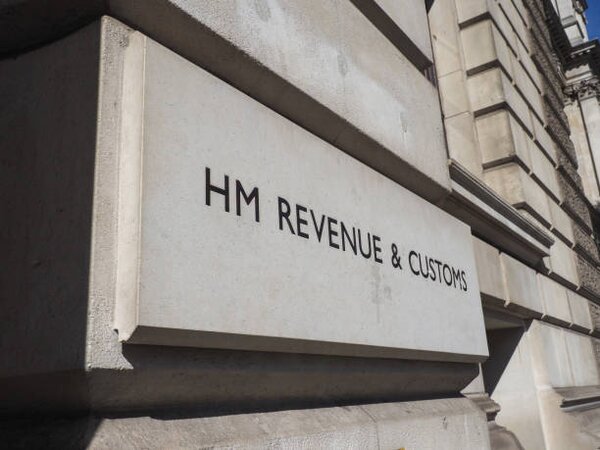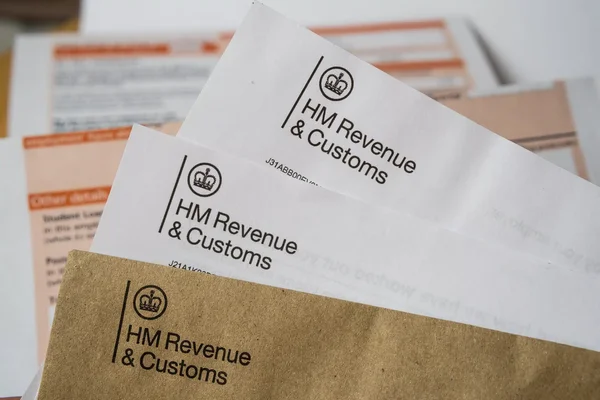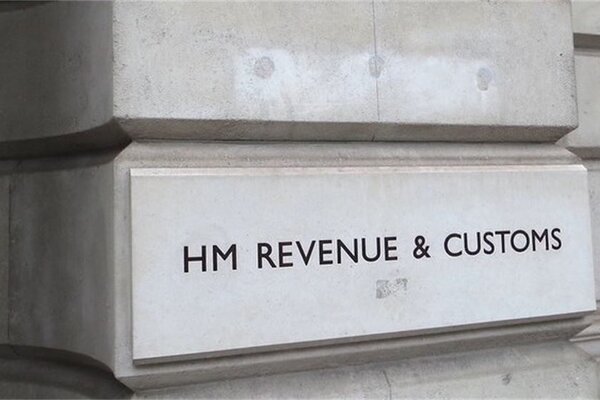All you need to know
Making Tax Digital is transforming how UK businesses handle their tax obligations. MTD affects thousands of businesses nationwide, replacing traditional paper-based systems with digital processes.
The registration process might seem overwhelming initially. However, with proper guidance, signing up becomes straightforward and manageable for most businesses.
Here's everything you need to know about how to sign up to MTD and maintain compliance.
What exactly is Making Tax Digital and who needs it?
Making Tax Digital (MTD) represents HMRC's shift towards digital tax collection. Instead of paper records, businesses must maintain digital records using government-approved software solutions.
Since April 2019, VAT-registered businesses with turnover above £85,000 have been required to follow MTD for VAT. From April 2022, all VAT-registered businesses must comply regardless of turnover.
MTD for Income Tax faces a phased introduction with updated timelines. From April 2026, it becomes mandatory for those earning over £50,000 from self-employment or property.
From April 2027, the threshold drops to include those earning £30,000–£50,000. HMRC is currently reviewing whether businesses earning £20,000–£30,000 will be included later.

How do you register with HMRC for Making Tax Digital and set up an agent services account?
Step 1: Access Your Government Gateway Account
Begin by accessing your Government Gateway account credentials for HMRC services. You will need your government gateway user ID and password, as these details are required to access the sign up service.
If you lack these details, create a new account through the official HMRC website. This will give you the credentials needed to access all HMRC online services.
Step 2: Navigate to MTD Enrolment Section
Navigate to the MTD enrolment section within your business tax account. You'll require your Unique Taxpayer Reference (UTR) and VAT registration number if applicable to your business.
Look for the "Making Tax Digital" option in your HMRC online account menu. This will take you to the specific enrolment area for MTD services.
Step 3: Complete the Enrolment Process
Complete the step-by-step enrolment process following the on-screen prompts carefully. You can use the sign up for Making Tax Digital service to register yourself for MTD compliance.
The system guides you through mandatory fields and any required document uploads for the process. Make sure you have all necessary business information ready before starting.
Step 4: Receive Confirmation and Access Services
HMRC provides confirmation once your application receives approval and processing. Once you're signed up for MTD, you can manage your tax details through HMRC online services effectively.
Additionally, you'll receive an MTD enrolment reference number for future correspondence and queries. Keep this reference safe as you'll need it for future MTD-related communications.
Which software should you choose for MTD compliance?
HMRC maintains an official list of recognised software providers on their website. Some solutions are completely free for basic business operations, whilst premium options offer advanced features.
You must use HMRC-approved, MTD-compatible software for digital record-keeping and submissions. This ensures proper connectivity and compliance with government requirements.
Paid software typically includes enhanced support, additional reporting tools, and integration capabilities. Cloud-based platforms allow secure access to your records from any location with internet connectivity.
Consider your business complexity when selecting appropriate software. Simple sole traders require different functionality compared to larger companies with multiple revenue streams.

What steps should you take to set up your chosen software?
Download and install your selected software, then create a comprehensive business profile. Import existing financial data from spreadsheets, previous accounting systems, or other digital sources.
Configure your business details including applicable tax codes and reporting periods. Connect banking integrations if your software supports automatic transaction importing features.
Test all functionality by entering sample transactions and verifying calculations appear correctly. Most importantly, ensure real-time tax calculations update accurately as you input data.
Last year, I helped a client import five years of spreadsheet data into their new MTD system. Though time-consuming initially, this preparation saved countless hours during quarterly submissions and eliminated manual entry errors.
How do you submit your first MTD return successfully?
Verify all income and expenses are accurately recorded within your chosen software platform. Most applications highlight missing information or potential calculation errors before submission deadlines.
Review your figures thoroughly before quarterly deadlines approach to avoid last-minute corrections. Submit returns directly through your software interface, which automatically connects to HMRC systems.
You'll receive immediate confirmation confirming successful submission and processing by HMRC. However, maintain digital copies of all submissions for compliance records and future reference.
Remember that MTD for Income Tax includes quarterly updates plus year-end finalisation requirements. This differs from completely replacing annual Self Assessment, as final declarations remain necessary.

What are the benefits of Making Tax Digital?
MTD offers significant time-saving advantages through automated calculations and streamlined processes. Digital record-keeping reduces manual data entry and eliminates the risk of losing paper receipts.
Real-time tax calculations provide better financial visibility throughout the year. This helps businesses make informed decisions and avoid unexpected tax bills at year-end.
Reduced errors represent another major benefit of digital systems over manual processes. MTD-compatible software includes built-in validation checks that catch common mistakes before submission.
Furthermore, quarterly reporting helps spread the administrative burden more evenly throughout the year. This prevents the last-minute rush traditionally associated with annual Self Assessment deadlines.
What common mistakes should you avoid during MTD setup?
Avoid delaying registration and software setup until approaching compliance deadlines. Mixing paper records with digital systems creates compliance issues and complicates future audit processes.
Selecting software without proper HMRC connectivity causes ongoing submission difficulties and delays. Additionally, inadequate testing before first deadlines creates unnecessary stress and potential penalties.
Failing to maintain proper backup copies of digital records violates MTD requirements completely. Furthermore, ignoring HMRC updates regarding regulation changes can result in costly penalties and complications.
Many businesses underestimate the preparation time required for comprehensive MTD implementation. However, rushing through setup processes typically creates more problems than methodical preparation prevents.

Getting Started with MTD Made Simple
Implementing Making Tax Digital doesn't require overwhelming effort or extensive technical knowledge. Following these systematic steps ensures compliance with HMRC requirements whilst maintaining accurate records.
Understanding the correct timelines and thresholds prevents unnecessary early adoption or missed deadlines. MTD for Income Tax thresholds are based on total gross income from self-employment and property combined.
Choosing appropriate software significantly simplifies ongoing tax management and reduces calculation errors. Additionally, proper initial setup saves considerable time throughout each tax year cycle.
Pie represents the UK's first dedicated personal tax application, helping working individuals manage complex tax obligations effectively. It's the only self-assessment solution combining integrated bookkeeping, real-time calculations, simplified returns, and expert guidance.
Ready to streamline your MTD journey? Start with Pie today and take complete control of your tax obligations.











